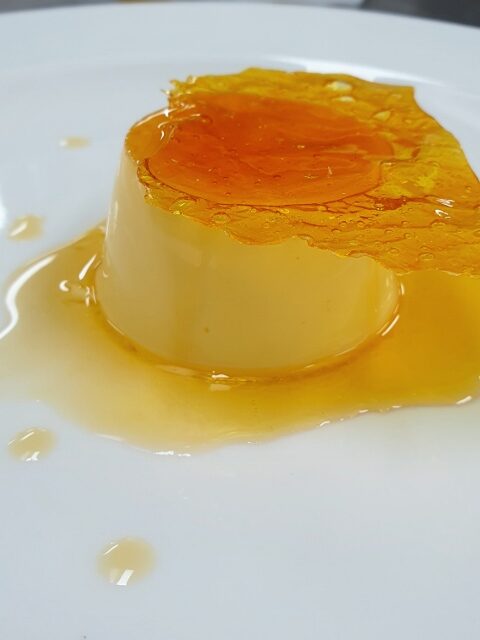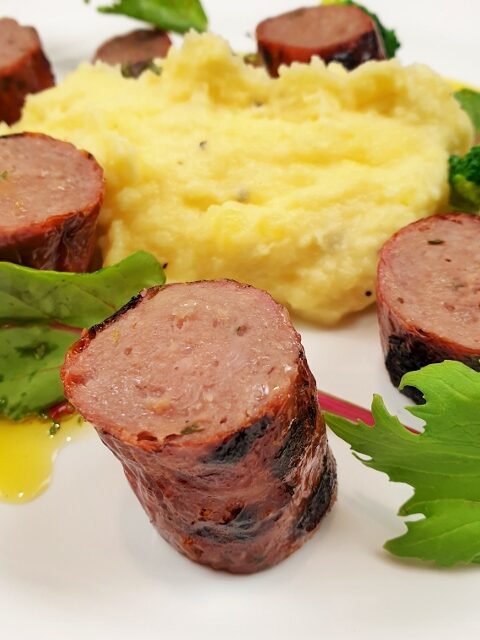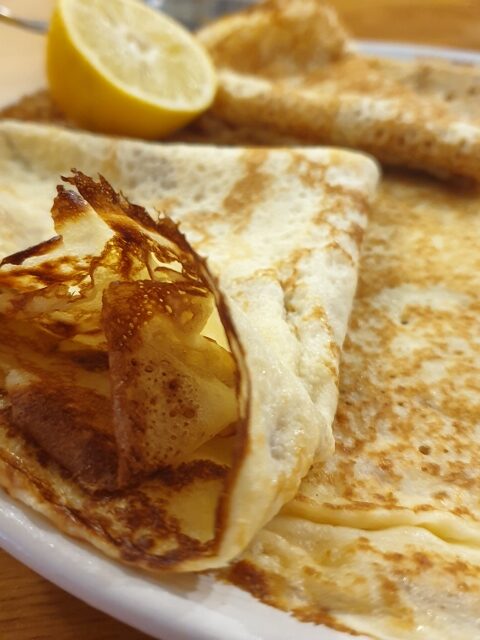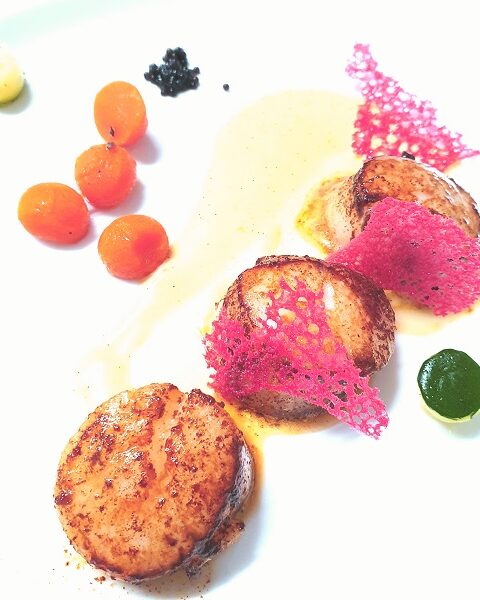Here is my new recipe, the “Cari Massale de boeuf”. This cari is often made on the islands of Reunion (creole) and Madagascar. It is a stew or curry traditionally made with chicken or lamb rather than beef. This recipe was inspired from memories of my teenage years. As i grew up, i was exposed to different cultures. Even though Reunion island is a French territory it is very far and i have never been there. Nevertheless, i had friends from there and their parents were cooking so well. Dishes and flavours i have never had before, more “Exotic”, spicy and with a lot of spices.
This Recipe uses a slow cooker and therefore a cheap cut of meat. So, if like me in this penury of chicken and lamb and can only find beef and need to food prep or feed your family. this is the perfect dish to feed many on a low budget ($4.10/per person).
To access the full recipe and video, click the link below:
The history of the Reunion island (Bourbon island):
The first European discovery of the area was made around 1507 by Portuguese explorer Diogo Fernandes Pereira, but the specifics are unclear. The uninhabited island might have been first sighted by the expedition led by Dom Pedro Mascarenhas, who gave his name to the island group around Réunion, the Mascarenes. Réunion itself was dubbed Santa Apolónia after a favourite saint, which suggests that the date of the Portuguese discovery could have been 9 February, her saint day. Diogo Lopes de Sequeira is said to have landed on the islands of Réunion and Rodrigues in 1509.
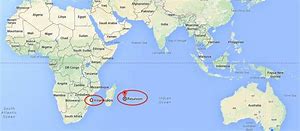
By the early 1600s, nominal Portuguese rule had left Santa Apolónia virtually untouched. The island was then occupied by France and administered from Port Louis, Mauritius. Although the first French claims date from 1638, when François Cauche and Salomon Goubert visited in June 1638, the island was officially claimed by Jacques Pronis of France in 1642, when he deported a dozen French mutineers to the island from Madagascar. The convicts were returned to France several years later, and in 1649, the island was named Île Bourbon after the French royal House of Bourbon. Colonisation started in 1665, when the French East India Company sent the first settlers.
“Île de la Réunion” was the name given to the island in 1793 by a decree of the Convention Nationale (the elected revolutionary constituent assembly) with the fall of the House of Bourbon in France, and the name commemorates the union of revolutionaries from Marseille with the National Guard in Paris, which took place on 10 August 1792. In 1801, the island was renamed “Île Bonaparte”, after First Consul Napoleon Bonaparte.
During the Napoleonic Wars, the island was invaded by a Royal Navy squadron led by Commodore Josias Rowley in 1810, who used the old name of “Bourbon”. When it was restored to France by the Congress of Vienna in 1815, the island retained the name of “Bourbon” until the fall of the restored Bourbons during the French Revolution of 1848, when the island was once again given the name “Île de la Réunion”.

From the 17th to 19th centuries, French colonisation, supplemented by importing Africans, Chinese and Indians as workers, contributed to ethnic diversity in the population. From 1690, most of the non-Europeans were enslaved. The colony abolished slavery on 20 December 1848. Afterwards, many of the foreign workers came as indentured workers. The opening of the Suez Canal in 1869 reduced the importance of the island as a stopover on the East Indies trade route.
The history of the island explains the diversity of cultures on the islands and the use of spices generally found on the Indian subcontinent. For many years the island was a stop over between india, Africa and the European Colonising countries. Slaves, spices, gold and rum were traded. Reunion Island was well known to be part of the Road of Rum or road of spices.
What makes “Massale” or Garam masala?
Garam Massala is actually a mix of ground spices coming from the subcontinent of India. Often used in Indian, Mauritius and South African cuisine. The word “Garam” refers to heating the body” and the mixed spices were used as a medicine.
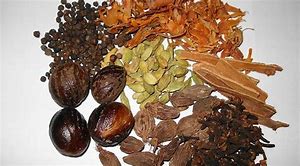
The Massale, is composed of black peppercorns, mace, cinnamon, cloves, black & green cardamom, nutmeg, cumin, coriander seeds and sometimes fennel. All nicely dried, roasted, balanced and grounded together

Bon Appetit
Frenchy




